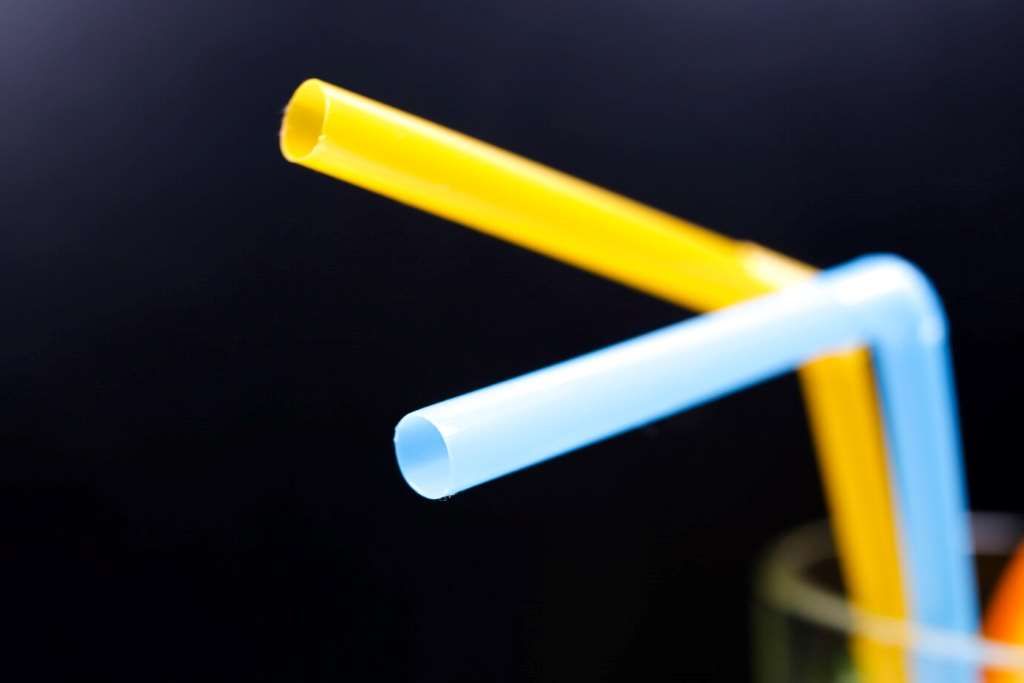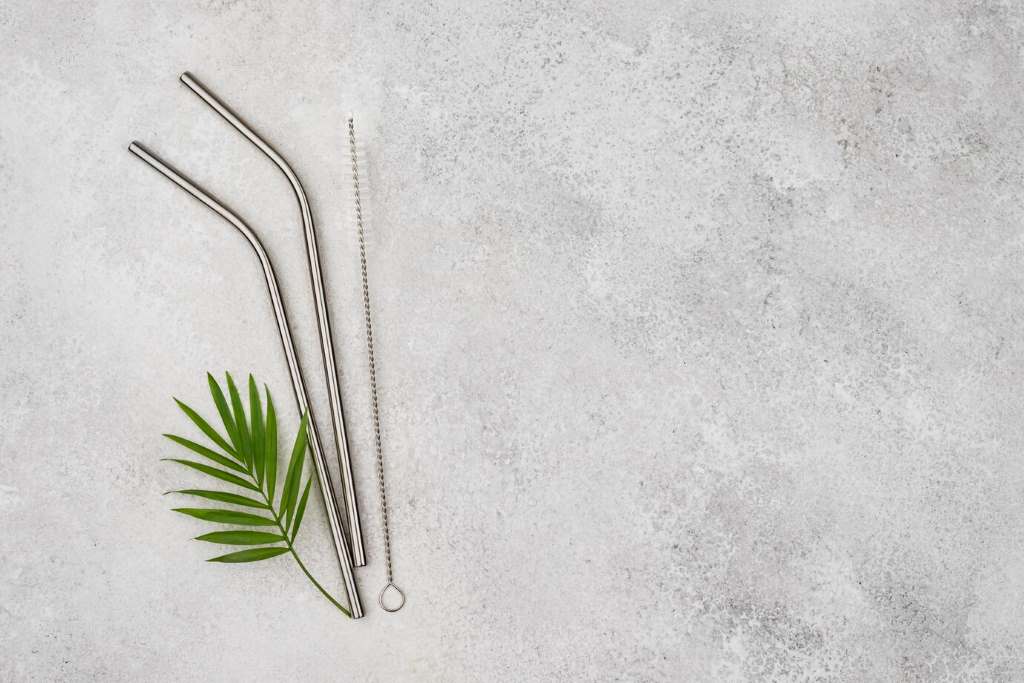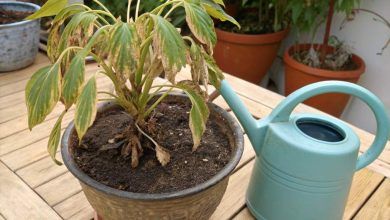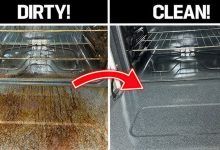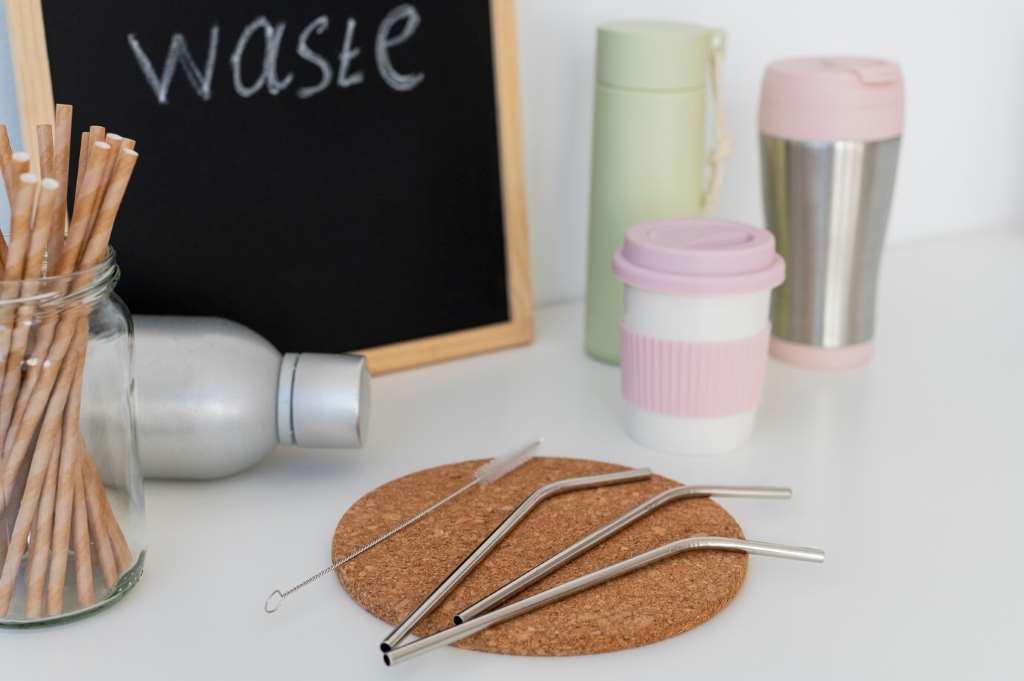
Reusable Straw Deep-Cleaning Hacks: 12 Secrets Revealed
Sipping iced coffee through a reusable straw feels like a small victory for the planet. But last summer, I noticed a faint funky smell from my favorite metal straw, despite regular rinsing. It hit me: my eco-friendly habit needed a deep-cleaning upgrade. Reusable straws, whether metal, silicone, or glass, can harbor bacteria if not cleaned properly. According to a 2019 study by the Journal of Hospital Infection, improper cleaning of reusable items can lead to bacterial growth, risking health. With 500 million plastic straws discarded daily in the U.S. alone (per the National Park Service), reusable straws are a sustainable choice—but only if kept hygienic. This blog shares 12 unknown deep-cleaning hacks to keep your straws spotless, blending my trial-and-error journey with expert-backed tips. Let’s dive into cleaner sips!
Why Deep-Cleaning Reusable Straws Matters
Reusable straws are eco-warriors, but they’re also bacteria magnets if neglected. My silicone straw’s odor was a wake-up call. Research from the American Society for Microbiology (2020) shows that crevices in straws can trap moisture, fostering mold and germs like E. coli. Regular rinsing isn’t enough; deep-cleaning removes hidden grime. Plus, clean straws enhance drink flavors—no one wants a metallic tang in their smoothie. Deep-cleaning also extends straw life, saving money and reducing waste. The Environmental Protection Agency notes that proper maintenance of reusable items cuts replacement needs by 30%. By mastering these hacks, you’ll sip safely and sustainably. Let’s explore the first hack to transform your cleaning routine.
Hack 1: Vinegar Soak for Stubborn Stains
Vinegar is a cleaning superhero. I soaked my metal straw in white vinegar for 15 minutes after noticing brown stains. The result? Sparkling clean! Vinegar’s acetic acid breaks down mineral deposits and kills 99% of bacteria, per a 2018 study in the Journal of Food Protection. Fill a tall glass with equal parts vinegar and warm water, submerge your straw, and let it sit. Rinse thoroughly and dry with a pipe cleaner. This hack works for metal and glass straws but avoid prolonged soaking with silicone to prevent wear. It’s cheap, eco-friendly, and effective. Try it weekly for pristine straws.
Hack 2: Baking Soda Scrub for Odor Removal
Baking soda saved my smelly silicone straw. I mixed a teaspoon with water to form a paste, then scrubbed inside with a straw brush. The odor vanished! Baking soda neutralizes smells and tackles grease, backed by a 2021 cleaning study from the Institute of Food Technologists. Apply the paste, scrub gently, and rinse well. It’s safe for all straw types and costs pennies. Use this hack biweekly to keep straws fresh. Pro tip: Add a drop of lemon essential oil for a citrusy boost. Explore How to Clean a Gas Oven.
Hack 3: Boiling for Deep Sanitization
Boiling is a game-changer for metal and glass straws. I boiled my straws for 10 minutes, and they gleamed like new. Heat kills 99.9% of germs, according to the CDC’s 2020 hygiene guidelines. Fill a pot with water, add straws, and boil. Let them cool before handling. Avoid boiling silicone straws, as heat can degrade them. This hack is perfect for monthly sanitization. Pair it with a vinegar soak for ultimate cleanliness. Your straws will thank you with every sip.
Hack 4: Pipe Cleaners for Precision Cleaning
Pipe cleaners are my secret weapon. I twist one through my straw’s interior, dislodging stuck particles. They’re flexible, reusable, and reach tight spots brushes miss. A 2022 cleaning guide from Good Housekeeping recommends pipe cleaners for narrow tools. Dip in soapy water, scrub, and rinse. They’re ideal for all straw types, especially collapsible ones. Stock up at craft stores and use weekly. This hack ensures no grime hides in your straw’s nooks.
Hack 5: Dishwasher Hack for Silicone Straws
Silicone straws are dishwasher-safe, but placement matters. I place mine vertically in a utensil basket to ensure water jets clean inside. A 2020 study by Consumer Reports found vertical placement boosts cleaning by 40%. Run a hot cycle with eco-friendly detergent. Avoid dishwashing metal or glass straws, as it can dull finishes. Check your straw’s care instructions first. This hack saves time for busy folks. Use it weekly for hassle-free maintenance.
Hack 6: Hydrogen Peroxide for Mold Removal
Mold in straws is a health hazard. I tackled a musty glass straw with hydrogen peroxide. Soak for 10 minutes in 3% hydrogen peroxide, rinse, and dry. It kills mold spores, per a 2019 EPA report. This hack is safe for all straws but use sparingly on silicone to avoid degradation. Monthly use keeps mold at bay. Always store straws dry to prevent recurrence. It’s a quick fix for a common issue.
Hack 7: Toothbrush for Exterior Shine
Straws’ exteriors need love too. I scrub my metal straw’s outside with an old toothbrush and dish soap. It removes fingerprints and water spots. A 2021 cleaning tip from The Spruce suggests toothbrushes for detailed work. Focus on textured areas, rinse, and dry. This hack works for all materials and takes two minutes. Weekly use keeps straws Instagram-worthy. Pair with a pipe cleaner for a full clean.
Hack 8: Olive Oil for Silicone Restoration
Silicone straws can dry out, losing flexibility. I rub a drop of olive oil inside and out, then rinse lightly. It restores suppleness, per a 2022 eco-blog by Earth911. Use food-grade oil and apply monthly. Avoid on metal or glass, as it can leave residue. This hack extends silicone straw life, saving replacements. It’s a simple, natural solution for eco-conscious sippers.
Hack 9: Freezing for Odor Elimination
Freezing straws sounds odd, but it works. I seal my straw in a bag and freeze overnight to kill odor-causing bacteria. A 2020 study in Applied Microbiology confirms cold temperatures reduce bacterial activity. Thaw, wash, and dry. It’s safe for all straws and ideal for quick refreshes. Use biweekly for odor-free sips. This hack is perfect when time’s tight.
Hack 10: Lemon Juice for Mineral Buildup
Hard water left white buildup on my glass straw. I soaked it in lemon juice for 20 minutes, and it vanished. Lemon’s citric acid dissolves minerals, per a 2019 cleaning study by the American Chemical Society. Mix with water, soak, and rinse. Safe for all straws, it’s a natural alternative to vinegar. Monthly use prevents scaling. Add a scrub for extra sparkle.
Hack 11: Straw Brush with Soap Solution
A dedicated straw brush is essential. I dip mine in hot, soapy water and scrub inside my straw daily. Brushes remove 95% of debris, per a 2021 hygiene study by the NSF. Choose a brush sized for your straw’s diameter. Rinse and air-dry. This hack is the backbone of straw care, preventing buildup. Invest in a quality brush for best results.
Hack 12: Storage Hacks for Longevity
Proper storage prevents issues. I store my straws in a ventilated case, avoiding moisture buildup. A 2020 EPA guide stresses dry storage to deter mold. Use cloth bags or perforated containers. Clean before storing, and avoid stacking wet straws. This hack extends straw life and ensures they’re sip-ready. Check storage monthly for cleanliness.
Conclusion
My journey from smelly straws to sparkling sips taught me the power of deep-cleaning. These 12 hacks—vinegar soaks, baking soda scrubs, and more—keep reusable straws hygienic and sustainable. By adopting them, you’ll protect your health, enhance drink flavors, and reduce waste. The planet and your wallet will thank you. Try one hack today and share your results in the comments below. Or, spread the word by sharing this post with fellow eco-sippers. Let’s keep our straws clean and our planet greener!
FAQs
Why do reusable straws get smelly?
Bacteria and mold grow in moist straws. Regular deep-cleaning, like vinegar soaks, prevents odors.
Can I clean all straws the same way?
No, metal, glass, and silicone need specific methods. Check care instructions to avoid damage.
How often should I deep-clean my straw?
Deep-clean weekly with brushes or soaks. Sanitize monthly using boiling or hydrogen peroxide.
Are reusable straws safe for daily use?
Yes, if cleaned properly. Studies show well-maintained straws are hygienic and eco-friendly.
Where can I buy cleaning tools for straws?
Find straw brushes and pipe cleaners at Amazon, Walmart, or craft stores.

